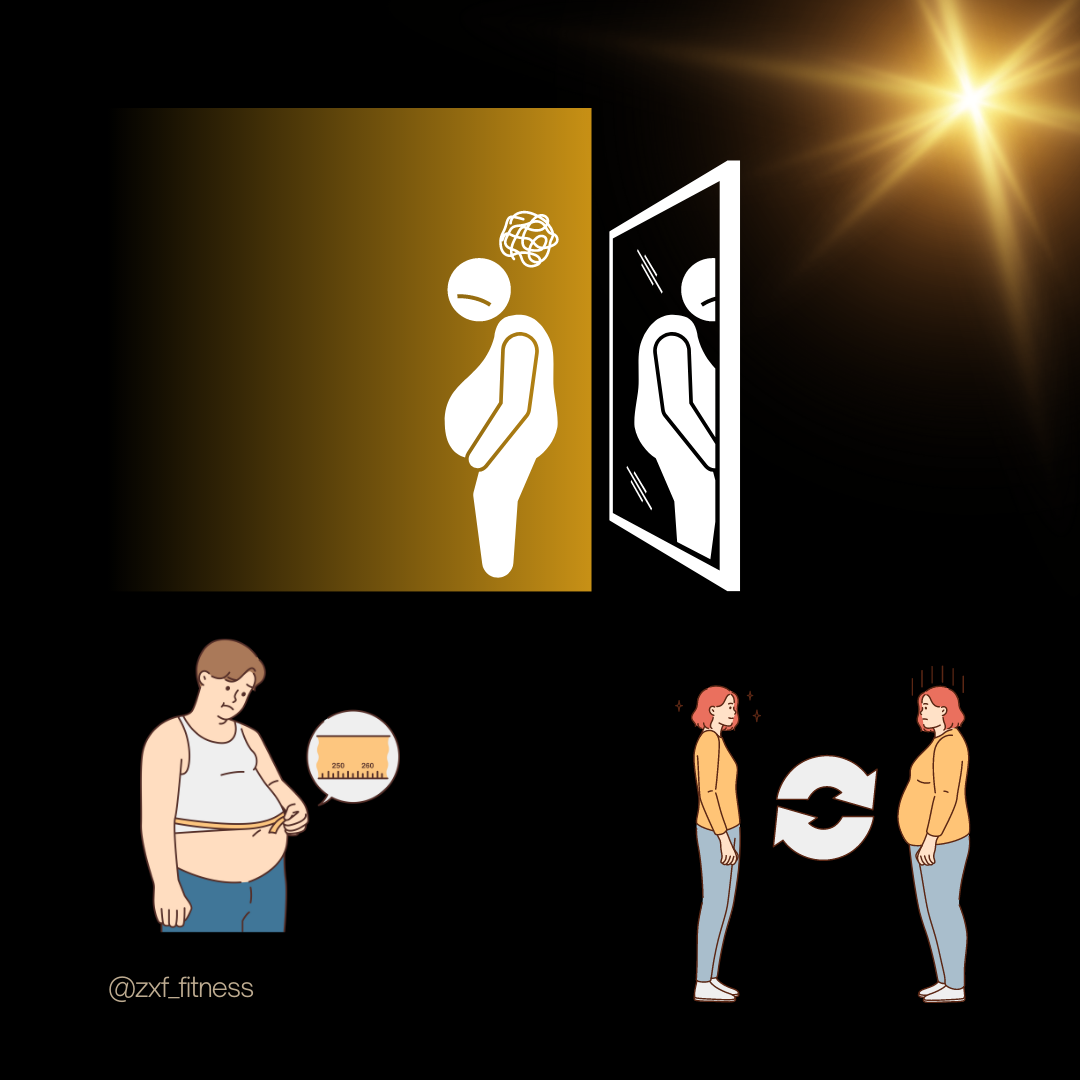The Hidden Journey: Where Does Fat Go When You Burn It?

Losing weight and burning fat are common goals for many individuals on a health and fitness journey. But have you ever wondered where the fat actually goes when you shed those extra pounds? The answer might surprise you. In this blog post, we'll uncover the fascinating journey that fat takes when you burn it, from its molecular composition to its ultimate destination.
The Chemistry of Fat Burning
To understand where fat goes when you burn it, we need to delve into the chemistry behind the process. Fat molecules in your body consist of carbon, hydrogen, and oxygen atoms. When your body needs to tap into its fat stores for energy, a complex series of chemical reactions occur within your cells.
The Breakdown Begins
Enzymes within your body initiate the breakdown of fat molecules, releasing their stored energy. The process, called lipolysis, breaks down triglycerides—the main form of fat storage in your body—into glycerol and fatty acids. These smaller components are then ready to embark on their transformative journey.
The Fate of Glycerol
Once triglycerides are broken down, glycerol enters the bloodstream. From there, it has two potential paths. In some cases, your liver converts glycerol into glucose through a process known as gluconeogenesis. This glucose can then be utilized by your body as a source of energy. Alternatively, glycerol can be directly metabolized by various tissues for energy production.
The Transformative Journey of Fatty Acids
Fatty acids, the other byproduct of lipolysis, have a unique path after their release. They also enter the bloodstream, where they travel to different tissues and cells throughout the body. These tissues, such as muscle cells, can utilize fatty acids as a source of energy by undergoing a process called beta-oxidation. This process breaks down the fatty acids into smaller units called acetyl-CoA, which enters the cellular energy production machinery known as the Krebs cycle.
The Exhilarating Finale
Here's where things get interesting. As acetyl-CoA goes through the Krebs cycle, it generates energy in the form of adenosine triphosphate (ATP), which powers various cellular functions. During this energy production process, carbon dioxide (CO2) is released as a byproduct. This carbon dioxide is then carried by the bloodstream to the lungs, where it is ultimately exhaled when you breathe out. So, when you burn fat, the majority of it is exhaled from your body as carbon dioxide.
Additionally, water (H2O) is also produced during the breakdown of fat. This water can be used by your body's cells or eliminated through urine, sweat, or other bodily fluids.
The journey of fat when you burn it is truly remarkable. Through a complex series of chemical reactions, fat molecules are broken down into their component parts, including carbon dioxide and water. While the water is used or eliminated by the body, the carbon dioxide is exhaled through your lungs. It's essential to recognize that when you lose weight or burn fat, the fat cells themselves shrink but are not eliminated entirely. Understanding the fate of fat when you burn it provides valuable insight into the remarkable processes occurring within your body. By maintaining a healthy lifestyle, including regular physical activity and a balanced diet, you can effectively tap into your fat stores and embark on your own transformative journey toward a healthier you.
Now if you would like help putting this into practice consider booking a consultation with one of our certified personal trainers.

Member discussion